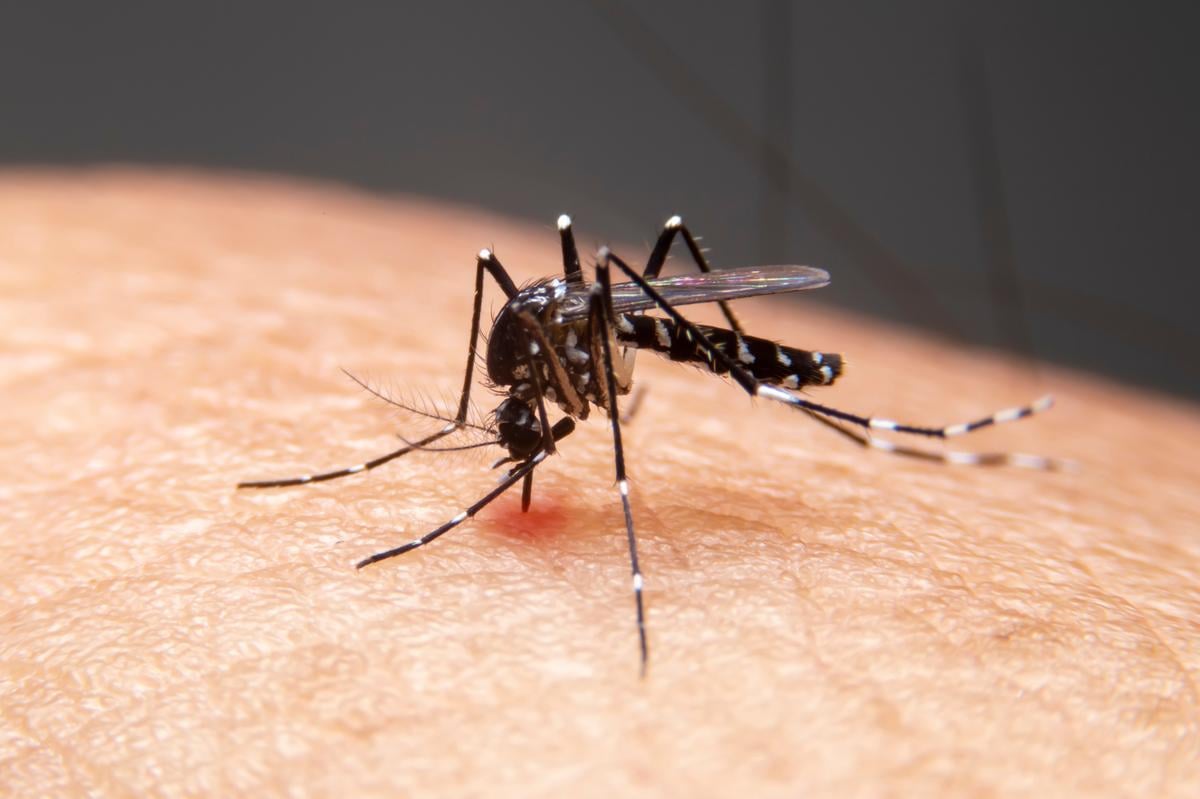
One in five cases of dengue fever can be linked to climate change, and future surges in the mosquito-borne virus are inevitable, a new study says.
About 19% of current dengue cases can be tied to climate change, which has expanded the area within which mosquitos transmit disease both in the United States and around the world, researchers report.
Even worse, climate change has the potential to spark a 40% to 60% spike in the disease by 2050, with cases increasing much as 150% to 200% in some areas.
“As more and more of the U.S. moves into that optimal temperature range for dengue, the number of locally acquired infections will likely rise, though it’s too early to say how that will affect the global burden,” said senior researcher Erin Mordecai, an infectious disease ecologist at Stanford University in California.
Mosquitos that carry dengue progressively churn out more and more virus as temperatures rise into a specific range, from 68 degrees Fahrenheit to around 82 degrees, lab tests have shown.
Regions around the world will face an increased risk from the virus as their temperatures reach that dengue “sweet spot,” researchers reported Saturday at the annual meeting of the American Society of Tropical Medicine and Hygiene in New Orleans.
Overall, there are at least 257 million people living in places where climate warming could cause dengue cases to double in the next 25 years, researchers concluded.
The most common symptoms of dengue fever are aches and pains, nausea, vomiting and rash. More severe cases cause excruciating joint pain, earning dengue the nickname “breakbone fever,” as well as bleeding complications and shock, researchers said.
There are no specific medicines to treat dengue. Instead, people are told to rest, drink plenty of fluids and take acetaminophen to control fever and pain, according to the U.S. Centers for Disease Control and Prevention.
A dengue vaccine is available in the United States for children ages 9 to 16 who’ve already had a dengue infection and live in areas where dengue is common, the CDC says.
For the new study, researchers analyzed data on dengue cases and climate variation across 21 countries in Asia, North America and South America.
They found that countries in the Americas alone have recorded nearly 12 million cases of dengue in 2024, compared to 4.6 million in 2023. California and Florida have both reported locally acquired infections of dengue.
“Climate change already has become a significant threat to human health and, for dengue in particular, our data suggests the impact could get much worse,” Mordecai said in a Stanford news release.
The researchers’ analysis showed that sharp cuts in greenhouse gas emissions could blunt a projected 60% increase in cases by 2050 to just 40%.
However, 17 of the 21 countries studied will still see climate-driven increases in dengue even under the most optimistic scenarios, researchers say.
Places where dengue is already established as a transmissible disease — including parts of Peru, Mexico, Bolivia and Brazil — could face the biggest increases, with infections rising 150% to 200% during the next few decades.
These findings likely underestimate the risk of dengue caused by climate change, Mordecai added. That’s because many places that could be affected don’t consistently track dengue infections, such as large parts of sub-Saharan Africa and South Asia.
Researchers also were unable to quantify future impacts for areas like the U.S. south, where dengue is starting to emerge as a local threat, Mordecai said.
Because these findings were presented at a medical meeting, they should be considered preliminary until published in a peer-reviewed journal.
More information
The U.S. Centers for Disease Control and Prevention has more on dengue fever.
SOURCE: American Society of Tropical Medicine & Hygiene, news release, Nov. 16, 2024
Source: HealthDay
Copyright © 2025 HealthDay. All rights reserved.

Leave a Reply